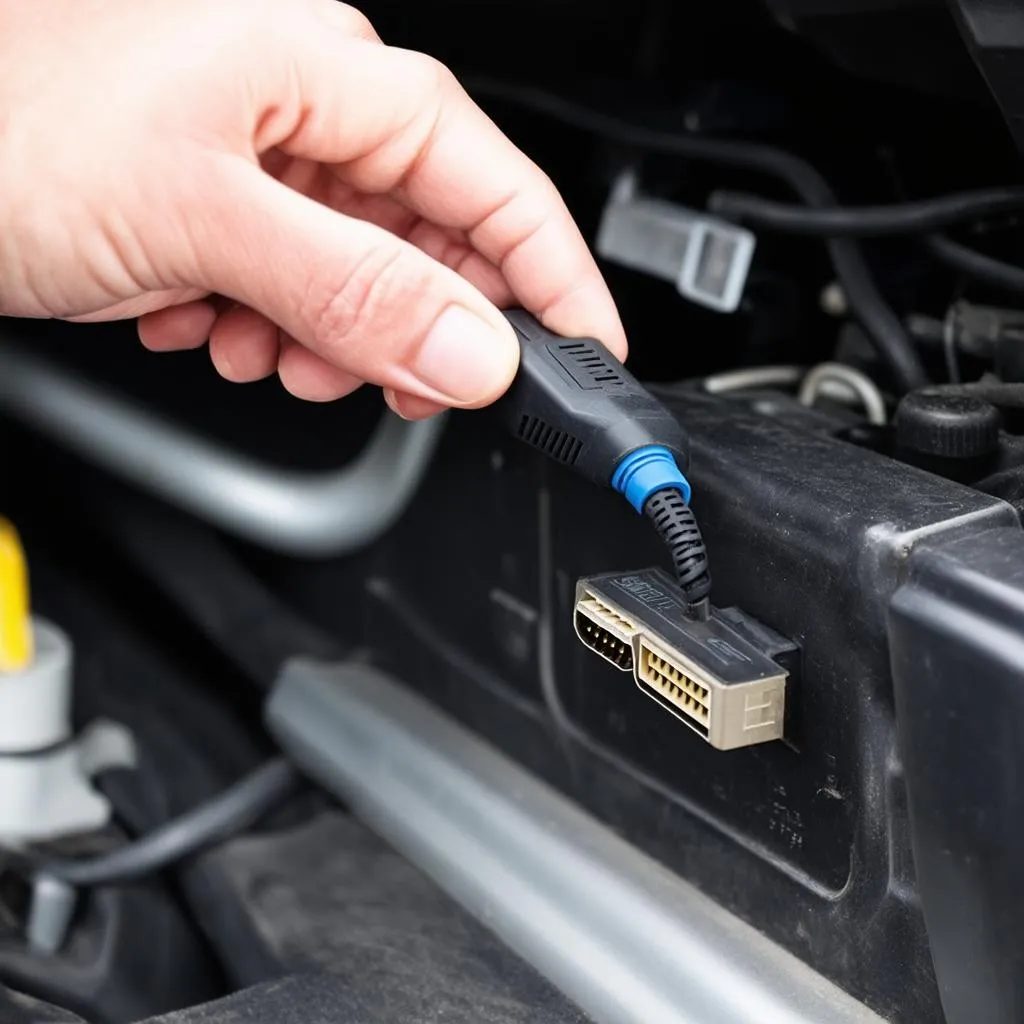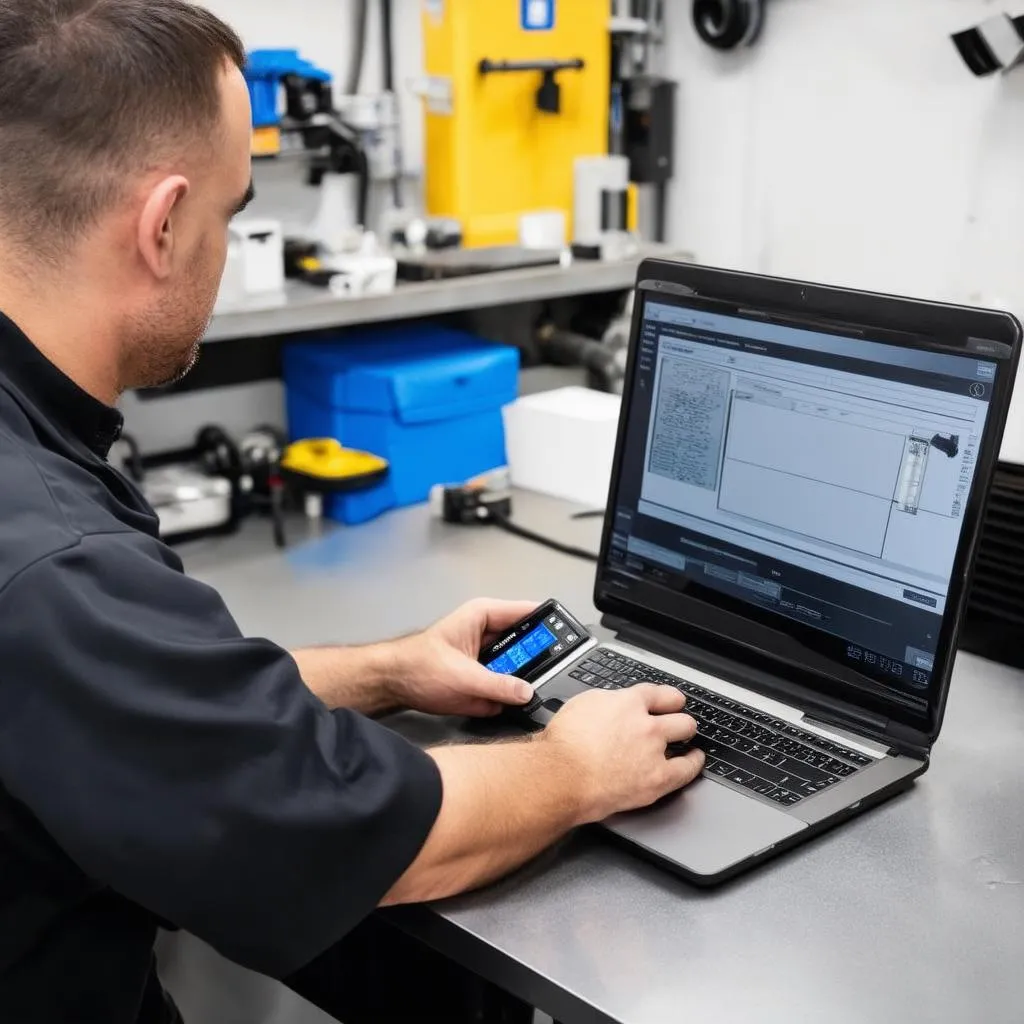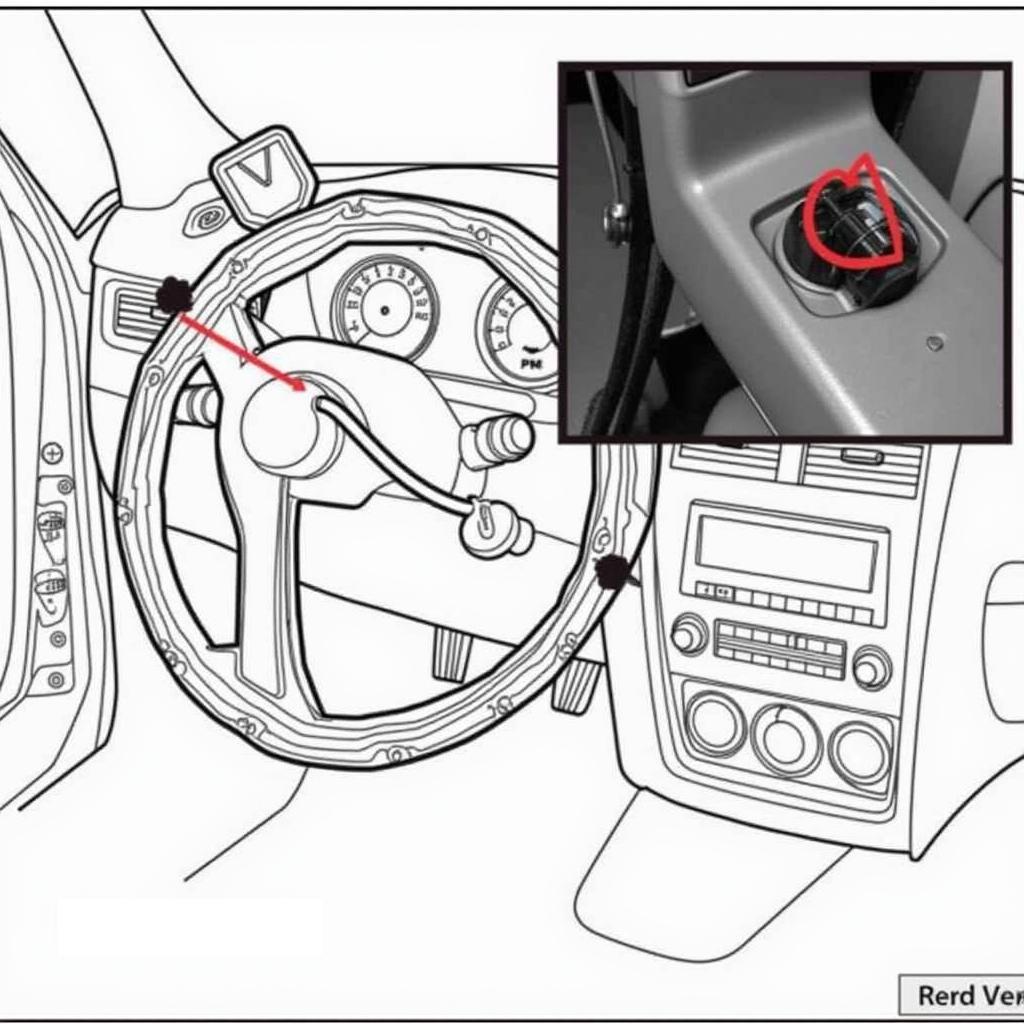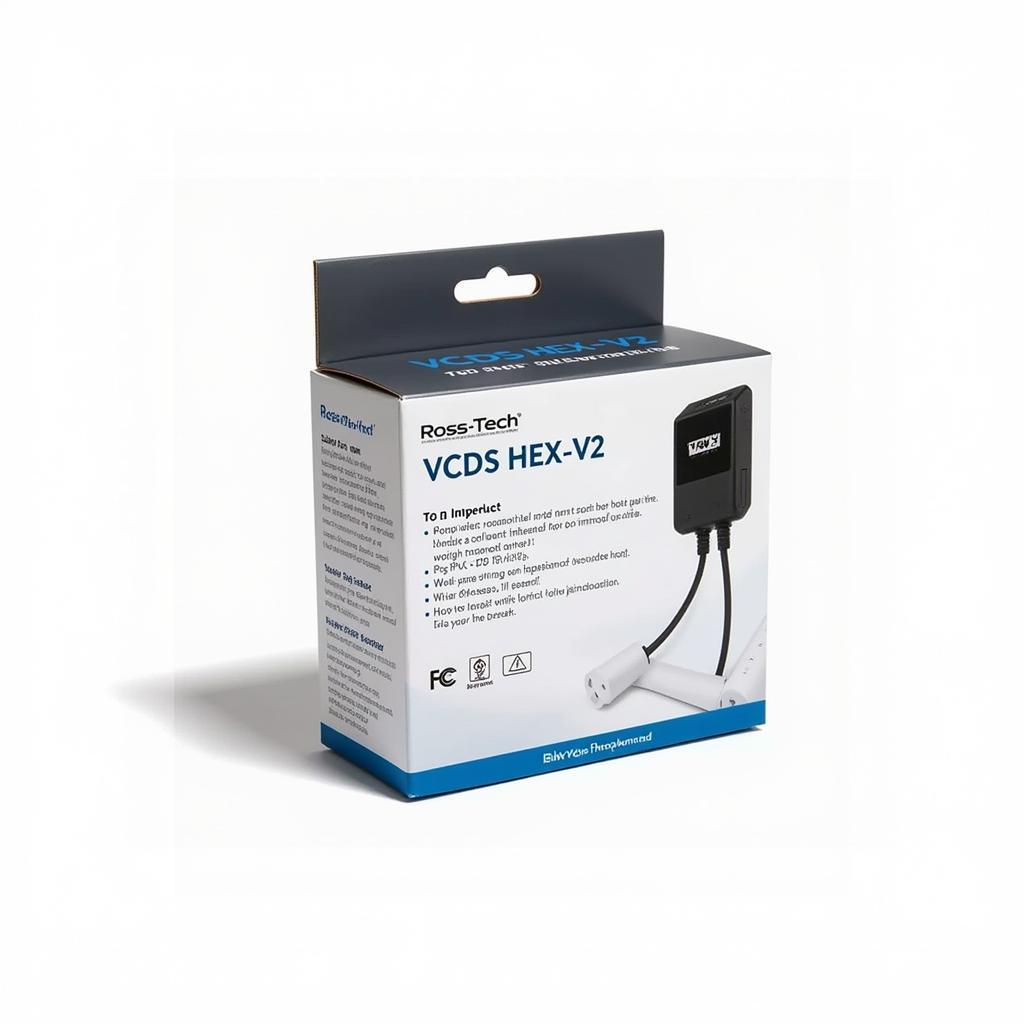Experiencing frustration with VCDS not opening a specific module in your car? You’re not alone. This is a common issue faced by many automotive enthusiasts and technicians. Whether you’re a seasoned pro or a DIYer, this comprehensive guide will walk you through the possible causes and solutions when your VCDS software refuses to cooperate.
Why Won’t VCDS Open My Module?
Before we dive into solutions, it’s crucial to understand what might be causing the issue. Here are some common culprits:
1. Connection Problems:
- Faulty Cable: A damaged or counterfeit VCDS cable can disrupt communication between your computer and the car’s OBD-II port.
- Loose Connection: Ensure the cable is securely connected to both your computer and the vehicle’s OBD-II port.
- Incorrect OBD-II Port: Some vehicles have multiple OBD-II ports. Make sure you’re connected to the correct one for diagnostics.
2. Software and Driver Issues:
- Outdated VCDS Software: Using an older version of VCDS might lack compatibility with certain modules, especially in newer car models.
- Driver Conflicts: Outdated or incompatible drivers on your computer can interfere with VCDS’s functionality.
3. Module-Specific Issues:
- Faulty Module: In some cases, the module itself might be malfunctioning, preventing VCDS from establishing communication.
- Coding or Adaptation Errors: Incorrect coding or adaptations within the module can lead to communication problems.
4. Vehicle-Specific Issues:
- Gateway Coding: Some vehicles require specific gateway coding to enable access to certain modules.
- CAN Bus Problems: Issues with the vehicle’s Controller Area Network (CAN bus) system can disrupt communication between modules and the diagnostic tool.
 VCDS Cable Connection
VCDS Cable Connection
Troubleshooting Steps:
1. Check Your Connections:
- Cable Inspection: Visually inspect your VCDS cable for any signs of damage, such as cuts, frays, or bent pins.
- Secure Connections: Unplug and reconnect the VCDS cable at both ends, ensuring a snug fit.
- OBD-II Port Verification: Consult your vehicle’s owner’s manual to confirm you are connected to the correct OBD-II port.
2. Software and Drivers:
- Update VCDS: Visit the official Ross-Tech website (the developers of VCDS) and download the latest version of the software compatible with your interface.
- Update Drivers: Check for updated drivers for your VCDS interface from the manufacturer’s website. Consider reinstalling drivers if issues persist.
3. Isolate the Problem:
- Try Other Modules: Attempt to connect to other modules within your vehicle using VCDS. If you can access other modules, the issue might be specific to the problematic module itself.
- Test on Another Vehicle: If possible, connect your VCDS interface and software to another vehicle of the same make and model. This can help determine if the problem lies with your vehicle or the VCDS setup.
4. Advanced Troubleshooting:
- Gateway Coding: If you suspect a gateway coding issue, consult your vehicle’s service documentation or seek assistance from an experienced VCDS user or a qualified technician.
- CAN Bus Diagnostics: Diagnosing CAN bus problems typically requires specialized equipment and expertise. Consider taking your vehicle to a qualified automotive electrician or dealership for assistance.
Expert Insight:
“One often overlooked aspect is the quality of the USB port on the computer itself,” says automotive electronics specialist, Dr. Emily Carter. “A failing USB port can lead to intermittent communication errors that manifest as modules not being recognized.” She recommends trying different USB ports on your computer to rule out this possibility.
 Mechanic using VCDS software
Mechanic using VCDS software
FAQs
Q: Why am I getting a “No Response from Controller” error?
A: This error message often indicates a communication breakdown. Double-check your connections, update your software and drivers, and ensure the module you are trying to access is not faulty.
Q: Can I damage my car by using VCDS?
A: While VCDS is a powerful tool, it’s generally safe when used responsibly. Always double-check coding changes before applying them, and avoid making modifications you don’t fully understand. If you’re unsure, consult reputable resources or seek professional help.
Q: I’m still having trouble. What should I do?
A: If you’ve exhausted the troubleshooting steps above, consider reaching out to the Cardiagtech for further assistance. Their team of automotive diagnostic experts can provide guidance and support.
Conclusion
Dealing with VCDS not opening a module can be frustrating, but with a systematic approach to troubleshooting, you can often pinpoint and resolve the issue. By understanding the potential causes and following the steps outlined in this guide, you’ll be well-equipped to get your VCDS up and running smoothly. And remember, if you ever find yourself stuck, don’t hesitate to seek expert help.


